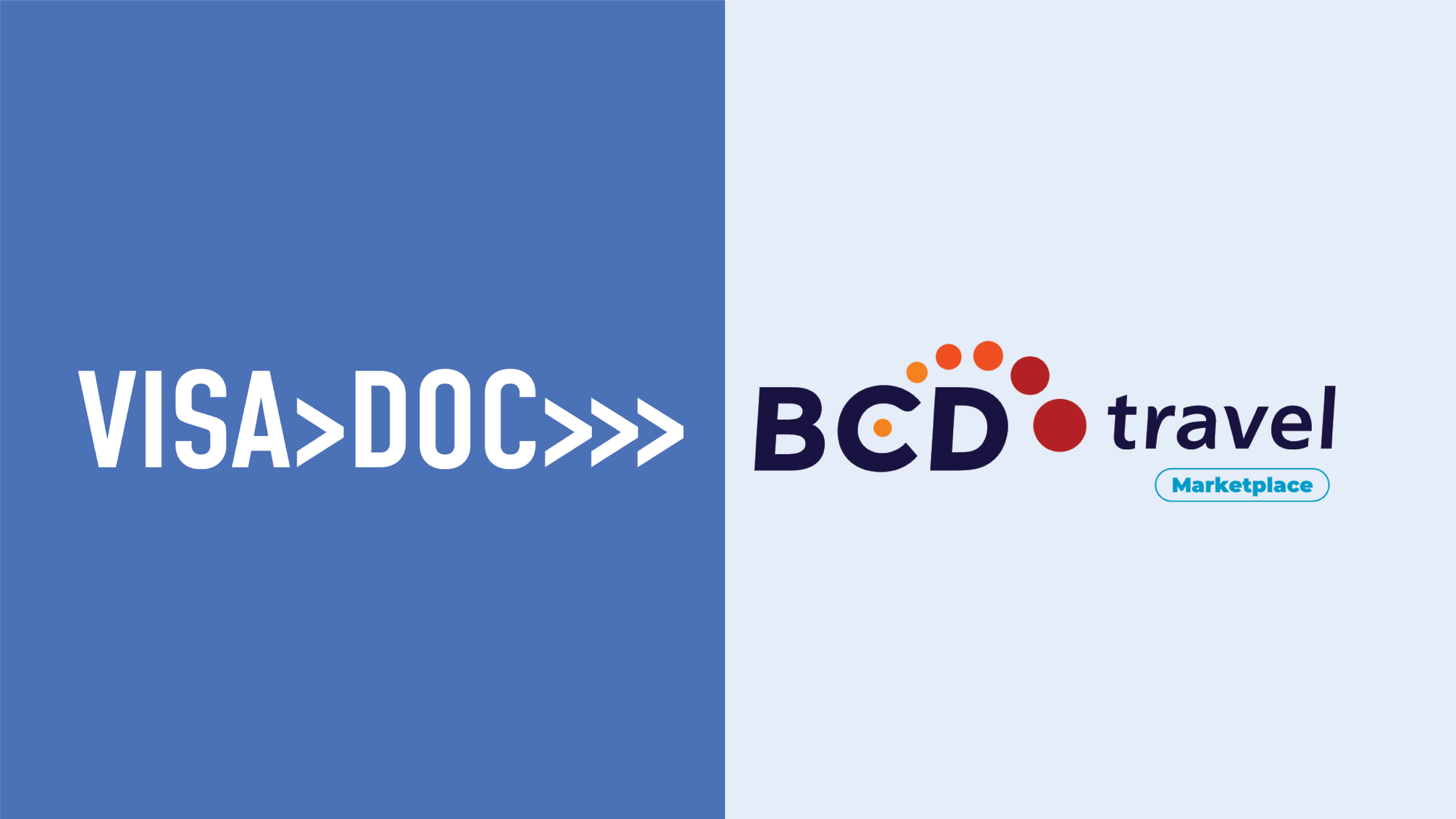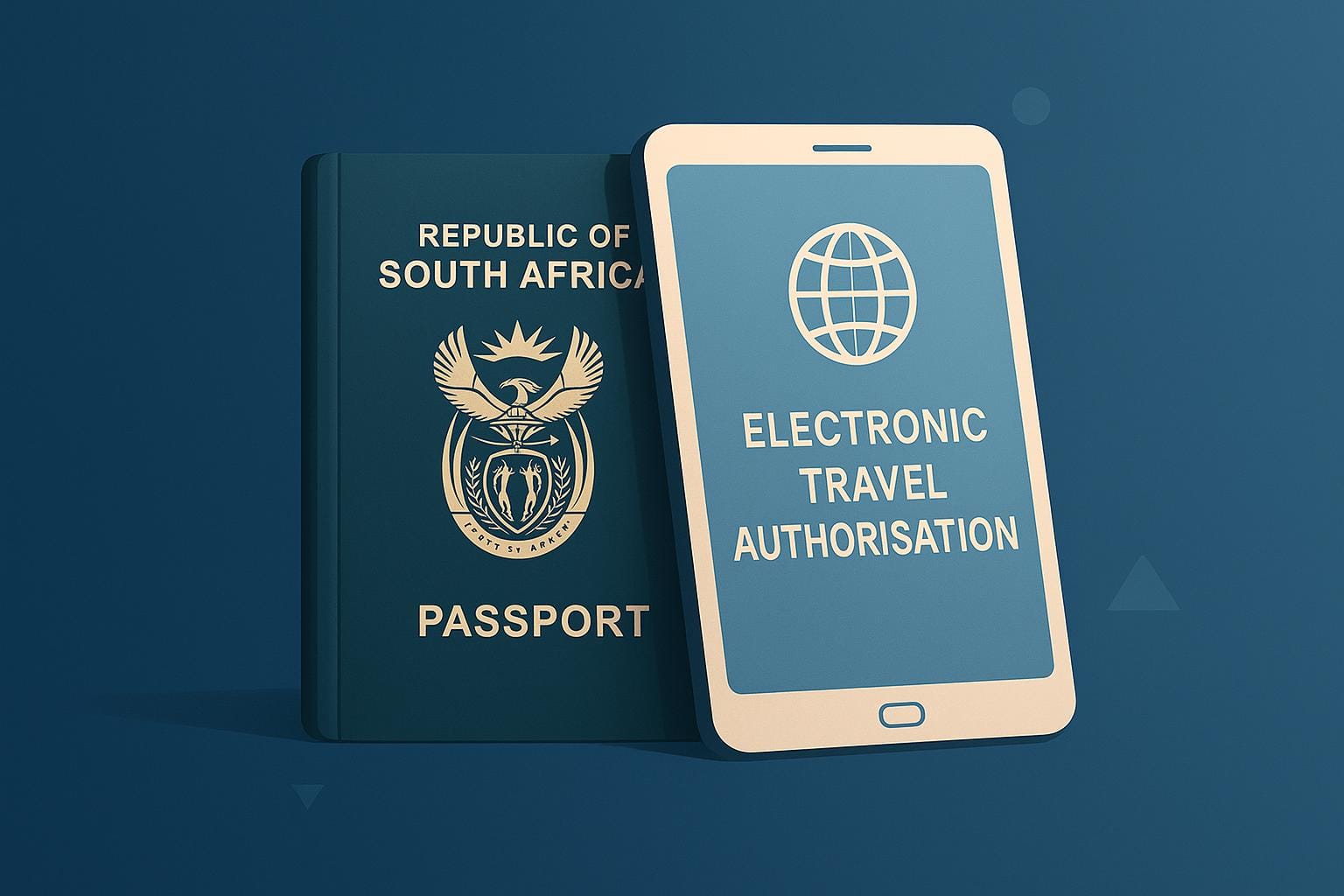This is a guest post by our friends at BiCortex Languages and BiCortex Translations
By Erin Venable
When relocating your talent to various places around the world, one of the more challenging aspects of the relocation will most likely be securing the right visa. While some governments have streamlined their business visa processes, others have made them more rigorous – but at the end of the day, if your company is trying to cut costs, skimping on the immigration expenses is something that could end up costing you more in the end.
Fortunately, most businesses know this, and immigration experts like VisaDoc are usually brought in to ensure the proper business visa is secured.

Mission Accomplished… Right?
If you’ve ever relocated internationally, you know that when an employee relocates to a new country for a work assignment, the challenges extend far beyond securing the necessary visa and legal documentation. While the immigration work is the first step, the journey to a successful employee relocation doesn’t end there.
In fact, the truly challenging part comes next. Because yes, you’ve gotten the proper documentation and sent your employee abroad, but then what? True success hinges on their ability to immerse themselves in the local culture, language, and customs.
Without this crucial understanding, even the most skilled professional may find themselves struggling to navigate everyday interactions, build meaningful relationships, and ultimately thrive in their new environment. For an assignment of any length, these three aspects are pivotal when it comes to cultural immersion, and here’s why:
Navigate Everyday Interactions
Navigating a new cultural landscape is challenging enough, but when language barriers are added to the mix, it can create significant hurdles in both professional and personal spheres.
In the business realm, language barriers can lead to costly mistakes, missed opportunities, and strained professional relationships. Miscommunications can result in incorrect orders, misinterpreted contracts, inaccurate public messages, or misaligned expectations, ultimately impacting profitability and reputation.
Beyond the professional sphere, language barriers can also significantly impact an individual's daily life and personal well-being. Simple tasks such as using public transportation, making purchases, or seeking medical assistance can become daunting challenges.
When the “simple” things of life become overly complicated, relocated employees may find themselves living in a contact state of stress and frustration. This combination can lead to burnout and may result in a sooner-than-anticipated repatriation.
Build Meaningful Relationships
Overcoming language barriers is not merely about learning a language’s vocabulary and grammar – it’s also about understanding the customs and cultural values behind it. Without this, individuals may struggle to fully immerse themselves in their new environment, hindering their ability to thrive both professionally and personally.
From differences in communication styles, personal space, punctuality, and even facial expressions, understanding what offends and what honors can make all the difference in a successful or failed relocation.
For instance, maintaining direct eye contact may be seen as a sign of respect in some cultures, like in the United States or the UK, while in others, like the West African country of Cameroon, it can be perceived as confrontational or rude.
Similarly, the concept of personal space varies greatly across cultures, with some being more comfortable with closer physical proximity than others.
Imagine sending employees to Saudi Arabia, which is becoming quite the desired business destination, without some sort of cultural training. Simple missteps with gestures, body language, or even attire could do your employee – and your company – a real disservice.
Cultural norms and traditions shape how people interact, communicate, and conduct business, and failing to acknowledge these nuances can lead to misunderstandings, offense, and strained relationships.
Thrive in Their New Environment
Learning to thrive in their new environment is key for your relocating employees. Once the proper immigration processes have been completed, the move finished, the housing secured, an assignee will need to get beyond the basics and find a way to enjoy life.
By investing in language and cultural training, individuals and organizations can gain a deeper understanding of the local customs, etiquette, and communication styles. This knowledge can help them navigate cultural differences with ease, build stronger relationships, and ultimately increase their chances of success in a new environment.
Greater understanding leads to acceptance, with acceptance eventually leading to contentment. While culture stresses and differences will come and go, the confidence your employees have in themselves from knowing language and culture will help anchor them and help them know how to live a life they love in this new location.
Finding the Right Partner
When pursuing these programs for your relocating employees, keep in mind that a one-size-fits-all approach rarely yields optimal results. Individuals have varying levels of proficiency, learning styles, and cultural backgrounds, and having different options for different kinds of students will ensure greater success.
Assessing individual needs and learning preferences is the first step in selecting an effective training program. Some employees may require intensive language instruction, while others may need a stronger focus on cultural nuances and business etiquette. Learning styles can range from visual and auditory to kinesthetic and experiential, and tailoring the teaching methods accordingly can significantly enhance engagement and retention.
Choosing the right training provider and methodology is equally important. Look for providers like BiCortex Languages with a proven track record, native-level instructors, and a deep understanding of the local culture.
Return on Investment
From an organizational standpoint, investing in language and cultural training for employees is a strategic investment in human capital. Companies that prioritize this training cultivate a workforce that is better equipped to navigate the complexities of global business operations.
For long-term success, both for assignees and the company that sends them, securing the necessary assistance for immigration, language, and culture can make all the difference. What happens before – and beyond – the visa matters.













